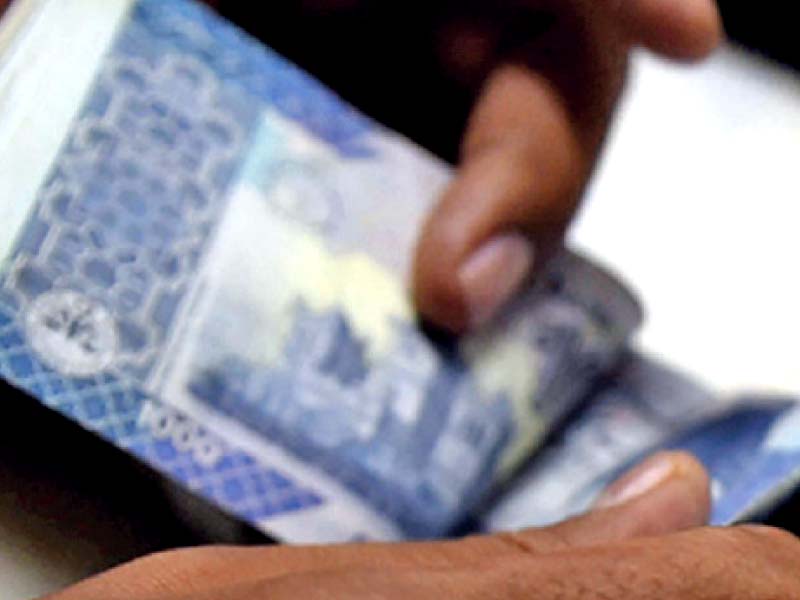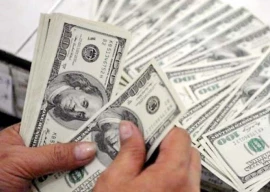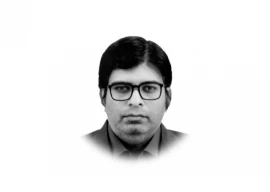
While Punjab’s spiraling debt appears to be showing no signs of going away, both current and former administrations seem to be sparing no opportunity to pin the blame on each other.
“Loans were acquired for development projects when they should have been taken for projects that benefit the common man,” said Dr. Salman Shah, who serves as adviser to the chief minister for economic affairs. Taking a pot shot at the Pakistan Muslim League Nawaz (PML-N) administration, Shah said: “Projects like the Orange Line Train (OLT) have not made any meaningful contributions.” For the OLT, which has been touted as former chief minister Shehbaz Sharif’s pet project, experts said, Punjab’s exchequer will have to pay Rs.16 billion in two years from now.
While the ruling party blames PML-N for Punjab’s financial woes, the Sharif administration has outrightly denied that the Rs.30 billion payment that is due during the first six months of the next fiscal year, accumulated on their watch. “The loans acquired by the Punjab government during the PML-N term were nearly three per cent of the GDP,” claimed Ayesha Ghous Pasha, former finance minister and PML-N legislator. Defending the Sharif administration’s financial decisions, Pasha said, borrowing for development projects is a common practice, and it pays back in the long run. According to details gathered by the Express Tribune, the Usman Buzdar administration has to make loan payments worth Rs. 23 billion with total interest of Rs. 6 billion in the first six months of the next financial year.
Separately, the government is also required to make a payment of Rs.480 million to other lenders. Financial experts believe the recent stability in the currency has slightly eased Punjab’s debt burden. Officials at the finance department confirmed that the total volume of loans has witnessed a minor reduction and now stands at Rs. 951 billion. The PML-N, which happens to be an easy scapegoat for most ills, claims that the provincial economy was in much better state when they left office. “Punjab’s economy was strong during my term as finance minister,” claimed the former finance minister. So far, the Buzdar administration has paid Rs.32 billion and is expected to make all remaining payments on time.
Also read Hit by virus-induced financial crisis, Oxfam to shut operations in Pakistan, 17 other countries
Who pays the bill?
While both parties appear to be shifting the blame, the incumbent, experts said, has to come up with a plan to reduce the financial burden. When asked about the ruling party’s plan to reduce the financial burden, Dr. Shah said: “The government is in talks with international investors in every sector and that will change the situation.”
According to details, the province is currently grappling with largest external debt burden, which stands at Rs. 3 trillion, out of which it owes Rs. 15.4 billion to the World Bank, Rs. 2 trillion to the Asian Development Bank, Rs. 451 million to Japan International Cooperation Agency (JICA) and more than Rs. 11 billion to the International Fund for Agricultural Development (IFAD). Similarly, to the centre, the provincial government owes more than Rs. 5 billion, to France Rs 4. billion, and Rs. 131 million to the Islamic Development Bank.
All loans, according to one finance department insider, have to be paid by 2057. Commenting on Punjab’s financial predicament, Anum Naeem, a Lahore-based economic expert said: “Previous administrations are squarely to blame for the debt.” The internal and external loans, she explained, were acquired by the previous provincial governments. “If not stopped at this point, Punjab will have no choice but to tax the masses further to pay off its loans,” she warned.




1614715416-0/image-(1)1614715416-0-270x192.webp)





1723006281-0/BeFunky-collage]__-(9)1723006281-0-270x192.webp)







COMMENTS
Comments are moderated and generally will be posted if they are on-topic and not abusive.
For more information, please see our Comments FAQ